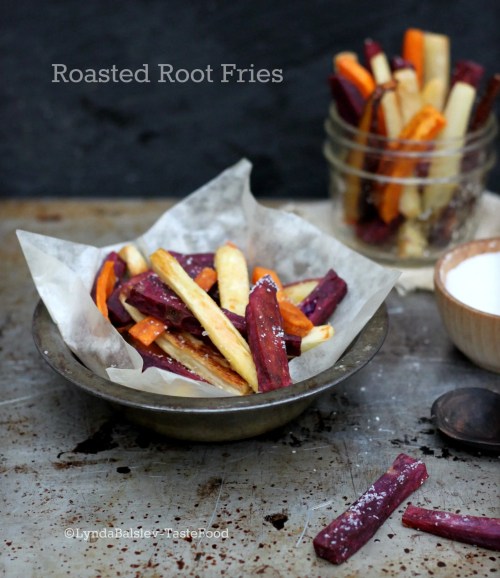 Can you ever get tired of potatoes? No, you firmly say, and I would agree. Sometimes, however, a fluffy-creamy-comforting side dish is called for, and potatoes (shocker) just don’t do the trick. Usually it’s simply a menu issue, meaning potatoes are not a perfect match to the entree. Think shellfish, for instance, such as scallops or shrimp. Or a cuisine that doesn’t traditionally include potatoes. Step in, caulflower. There’s something a little magical about this gnarly crucifer. Eaten raw, its flavor is pronounced in an earthy, grassy, unmistakably cruciferous way. When steamed, it transforms into something else, morphing into a buttery, milder version of itself – slightly sweet, a little fresh, and beautifully enhanced with, yes, butter. When roasted, it becomes something else entirely, evoking adjectives which include caramelized, nutty, crisp, and addictive. I made this puree recently to accompany a dinner of slow-cooked lamb. It goes equally well with just about anything.
Can you ever get tired of potatoes? No, you firmly say, and I would agree. Sometimes, however, a fluffy-creamy-comforting side dish is called for, and potatoes (shocker) just don’t do the trick. Usually it’s simply a menu issue, meaning potatoes are not a perfect match to the entree. Think shellfish, for instance, such as scallops or shrimp. Or a cuisine that doesn’t traditionally include potatoes. Step in, caulflower. There’s something a little magical about this gnarly crucifer. Eaten raw, its flavor is pronounced in an earthy, grassy, unmistakably cruciferous way. When steamed, it transforms into something else, morphing into a buttery, milder version of itself – slightly sweet, a little fresh, and beautifully enhanced with, yes, butter. When roasted, it becomes something else entirely, evoking adjectives which include caramelized, nutty, crisp, and addictive. I made this puree recently to accompany a dinner of slow-cooked lamb. It goes equally well with just about anything.
Cauliflower Purée
The chicken stock adds great flavor to the purée. If you prefer a vegetarian version, substitute vegetable stock. Alternatively, you can use water, but adjust the seasoning accordingly. Makes about 2 1/2 cups.
1 large head cauliflower, florets and core cut into 1-inch pieces
2 cups chicken stock
1/3 cup finely grated Pecorino Romano cheese, loosely packed
1 garlic clove, minced
2 tablespoons unsalted butter, room temperature
1 teaspoon salt
1/4 teaspoon freshly ground black pepper, plus extra for garnish
Fresh thyme leaves
Place the cauliflower and chicken stock in a large pot. Bring the stock to a boil then reduce the heat and simmer until the cauliflower is very tender, about 20 minutes. With a slotted spoon, transfer the cauliflower to the bowl of a food processor. Add 1/4 cup of the chicken stock and process until smooth. Add the cheese, butter, garlic, salt, and pepper and process to blend. If the purée is too thick, thin with additional spoonfuls of the stock to your desired consistency. Serve garnished with fresh thyme leaves and extra black pepper.











